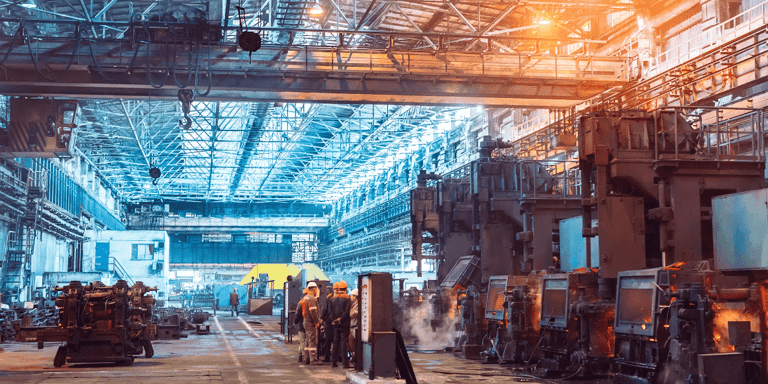The steel industry is the backbone of modern infrastructure and industrial development. Steel is a fundamental material used in construction, automotive manufacturing, shipbuilding, machinery, and countless other sectors that drive economic growth. Its strength, durability, and recyclability make it an essential component in building resilient cities, energy-efficient transportation, and advanced manufacturing processes. As global demand for steel continues to evolve, manufacturers must make strategic capital investment decisions to optimize production efficiency, reduce costs, and meet sustainability targets.
The steel industry, though one of the oldest industrial sectors, is in a constant state of evolution. To stay competitive, manufacturers must regularly upgrade their production processes—not only to improve the quality of steel but also to adopt newer, more environmentally friendly technologies that reduce emissions and energy consumption. From implementing advanced smelting techniques to investing in electric arc furnaces, walking beam furnaces for slab reheating, and hydrogen-based steelmaking, these upgrades require significant capital investment. However, before committing to such investments, it is crucial to assess whether the expected increase in throughput and efficiency will actually be realized in practice.
This is where dynamic simulation modelling plays a critical role. By leveraging a verified and validated simulation model of the steel production process, manufacturers can accurately evaluate the feasibility of achieving the expected throughput post installation of new equipment or technology. The model can identify potential bottlenecks in different part of manufacturing that could limit the expected gains from the new technology. Once these bottlenecks are discovered, corrective measures can be implemented, such as optimizing production flow, adjusting manpower allocation, or investing in allied (supporting) equipment to complement the primary upgrade. Through simulation-driven insights, steel manufacturers can make informed, data-backed capital investment decisions that maximize productivity, improve cost-effectiveness, and ensure long-term sustainability.
To see how this works in practice, we invite you to join Simwell’s free webinar, where we’ll explore how Bluescope Steel used simulation modelling to make a well-informed capital investment decision worth thousands of dollars. Don’t miss this opportunity to gain valuable insights—register now!
Slab Yard Simulation Model with BlueScope and SimWell
What you'll learn:
-
Assess Equipment Impact: Understand how simulation modeling evaluates the effect of new equipment on overall system throughput.
-
Identify & Address Bottlenecks: See how the approach reveals shifts in bottlenecks following installations and tests strategies to alleviate them.
-
Optimize Operations: Learn how creating various scenarios can uncover strategies to maximize operational efficiency and enhance resource allocation.
About SimWell
SimWell Consulting and Technologies is a global company specializing simulation, optimization, and digital twin technology. Our core mission is to unlock simulation at scale. We empower leaders and operators to maximize their current resources, optimize their operations, and elevate their performance with simulation. We build models of our customers operation, test scenarios, and predict how it will perform in a risk-free environment.
With SimWell as your partner, your team will have the tools to make confident decisions, optimize your process, and press fast forward on your business.
Written by:
Amit Kumar, Director, India Operations at SimWell
Shravan Pagrut, Simulation Consultant and Modeler in India
OR send me a note at akumar@simwell.io








